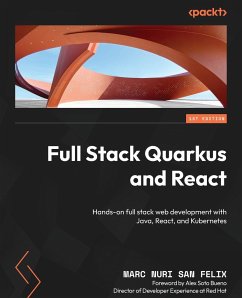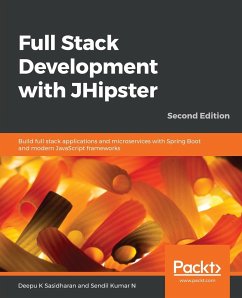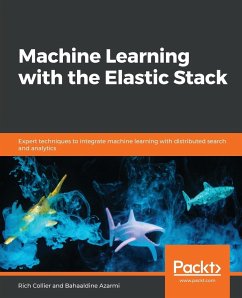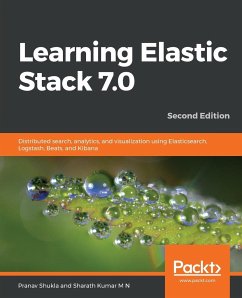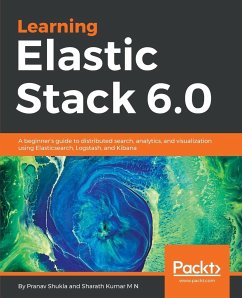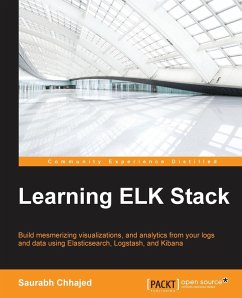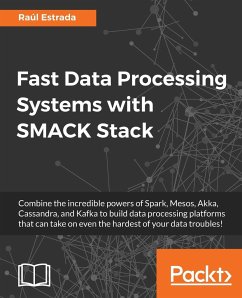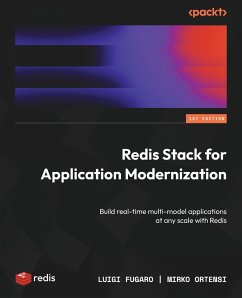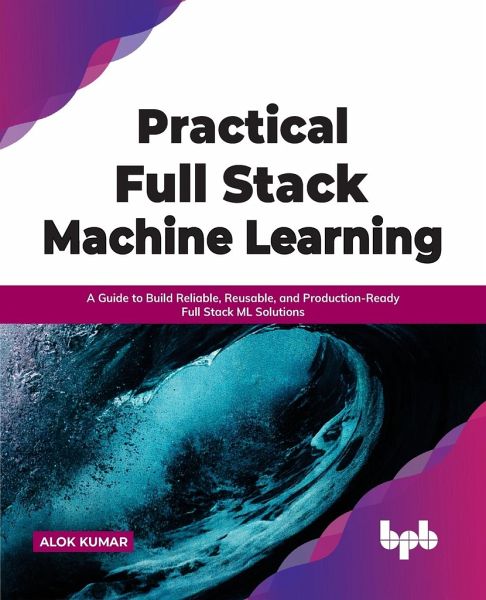
Practical Full Stack Machine Learning
A Guide to Build Reliable, Reusable, and Production-Ready Full Stack ML Solutions
Versandkostenfrei!
Versandfertig in 1-2 Wochen
39,99 €
inkl. MwSt.

PAYBACK Punkte
20 °P sammeln!
Master the ML process, from pipeline development to model deployment in production. KEY FEATURES ¿ Prime focus on feature-engineering, model-exploration & optimization, dataops, ML pipeline, and scaling ML API. ¿ A step-by-step approach to cover every data science task with utmost efficiency and highest performance. ¿ Access to advanced data engineering and ML tools like AirFlow, MLflow, and ensemble techniques. WHAT YOU WILL LEARN ¿ Learn how to create reusable machine learning pipelines that are ready for production. ¿ Implement scalable solutions for pre-processing data tasks using DAS...
Master the ML process, from pipeline development to model deployment in production. KEY FEATURES ¿ Prime focus on feature-engineering, model-exploration & optimization, dataops, ML pipeline, and scaling ML API. ¿ A step-by-step approach to cover every data science task with utmost efficiency and highest performance. ¿ Access to advanced data engineering and ML tools like AirFlow, MLflow, and ensemble techniques. WHAT YOU WILL LEARN ¿ Learn how to create reusable machine learning pipelines that are ready for production. ¿ Implement scalable solutions for pre-processing data tasks using DASK. ¿ Experiment with ensembling techniques like Bagging, Stacking, and Boosting methods. ¿ Learn how to use Airflow to automate your ETL tasks for data preparation. ¿ Learn MLflow for training, reprocessing, and deployment of models created with any library. ¿ Workaround cookiecutter, KerasTuner, DVC, fastAPI, and a lot more. WHO THIS BOOK IS FOR This book is geared toward data scientists who want to become more proficient in the entire process of developing ML applications from start to finish. Knowing the fundamentals of machine learning and Keras programming would be an essential requirement. TABLE OF CONTENTS 1. Organizing Your Data Science Project 2. Preparing Your Data Structure 3. Building Your ML Architecture 4. Bye-Bye Scheduler, Welcome Airflow 5. Organizing Your Data Science Project Structure 6. Feature Store for ML 7. Serving ML as API



